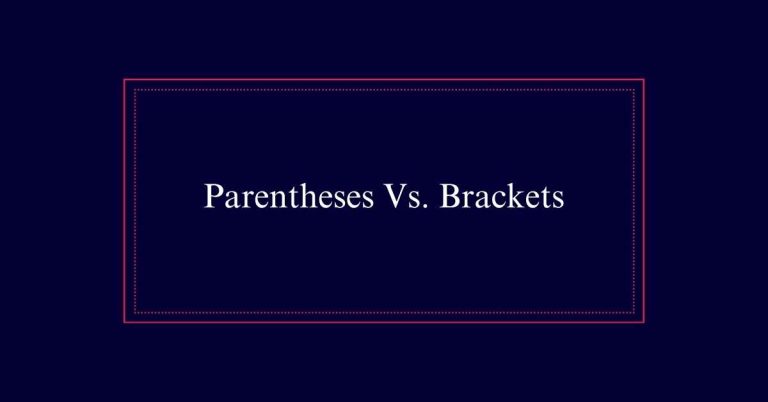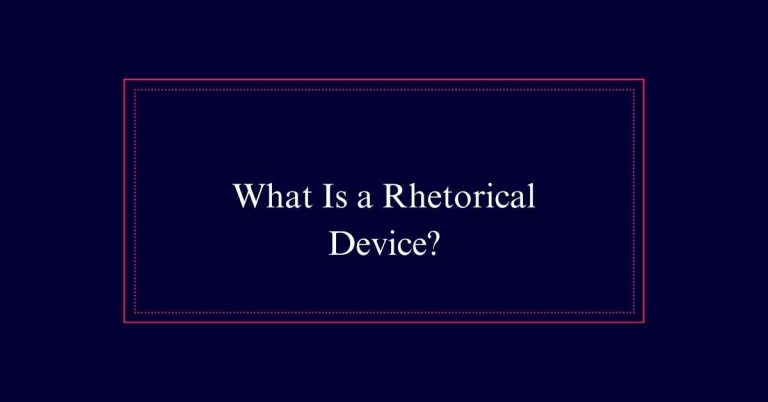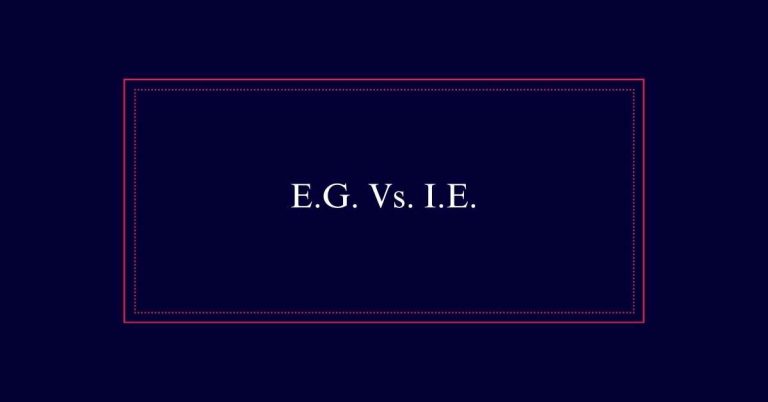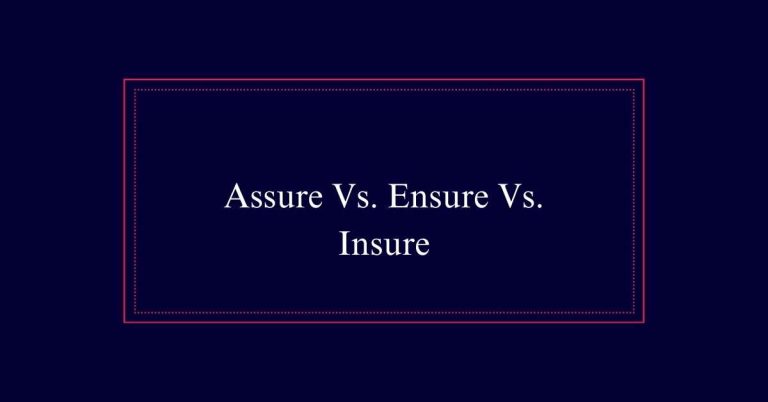How to Write Endnotes?
Endnotes are notes placed at the end of a chapter or document. They provide citations, extra information, and clarity without disrupting the main text. Use superscript numbers for easy reference. Place endnotes before the bibliography and number them sequentially.
What Are Endnotes?
Endnotes are additional notes or citations placed at the end of a document or section. They provide extra information, cite sources, and enhance the credibility of the work.
Unlike footnotes, which appear at the bottom of the page, endnotes are compiled at the end of the text. This placement helps maintain the main content uncluttered, allowing readers to focus on the primary narrative.
Endnotes are numbered sequentially and reference superscript numbers in the main text. They can include explanations, references, and further reading suggestions.
Purpose of Endnotes
Understanding the purpose of endnotes is key to appreciating their role in academic and professional writing. Endnotes serve multiple functions that enhance the quality of a document. They provide citations, allowing readers to verify sources and further explore the referenced materials. This bolsters the credibility of the work.
Endnotes also offer additional information or explanations without cluttering the main text, making complex points clearer. They help maintain a clean and organized structure by consolidating supplementary details at the end.
Where to Place Endnotes
Placement of endnotes is essential for maintaining the flow and structure of a document. Endnotes should be positioned at the end of each chapter or at the conclusion of the entire document, but before the bibliography. This placement allows readers to access additional information without disrupting the main text.
Number endnotes sequentially and use superscript numbers in the text to refer to them. This method guarantees that endnotes are easy to locate and reference. Consistently following this structure will result in a well-organized and professional document.
Benefits of Using Endnotes
In academic and professional writing, using endnotes offers several distinct advantages. They help maintain the flow of the main text by minimizing interruptions. This is especially useful for complex documents where frequent citations might disrupt reading. Endnotes also allow for detailed citations without cluttering the page, making it easier for readers to follow your argument. Moreover, they provide a centralized location for additional information, enhancing the document’s organization and readability.
| Advantages | Description | Benefit |
|---|---|---|
| Maintains Flow | Reduces interruptions in the main text | Improves readability |
| Detailed Citations | Allows extensive references without clutter | Keeps text neat and organized |
| Centralized Info | Gathers additional notes in one place | Enhances document structure |
Tools for Creating Endnotes
To maximize the benefits of using endnotes, leveraging the right tools can streamline their creation and management. Word processing software like Microsoft Word and Google Docs offers built-in features for inserting and managing endnotes. These tools allow you to add, edit, and format endnotes with ease, ensuring consistency throughout your document.
Citation management software, such as EndNote, Zotero, and Mendeley, can automate the citation process. These programs integrate with word processors to insert endnotes and generate bibliographies.
Online citation generators, like Citation Machine and EasyBib, can also be useful for quickly creating formatted endnotes.
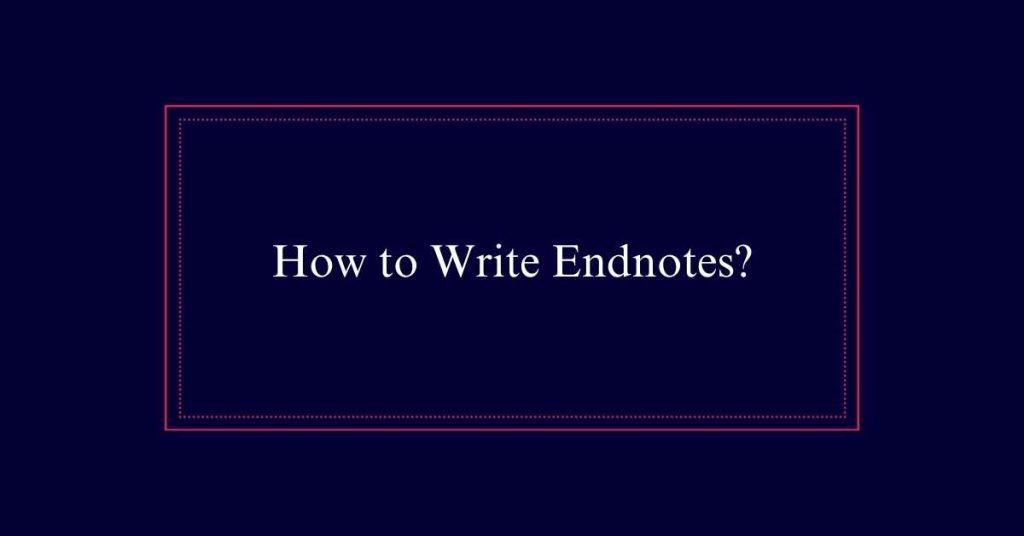
Chicago Style Endnotes
Chicago Style endnotes follow specific formatting rules that guarantee consistency and clarity in academic writing. This style is widely used across humanities and social sciences. It includes two systems: notes-bibliography and author-date. The notes-bibliography system is more common for endnotes. Each note corresponds to a superscript number in the text.
Key aspects of Chicago Style endnotes include:
- Sequential Numbering: Number endnotes consecutively throughout the document.
- Citation Details: Include full citation details the first time a source is mentioned. Use shortened forms for subsequent mentions.
- Punctuation and Format: Follow specific punctuation and formatting guidelines, such as using a period after the note number.
Formatting Rules
Adhering to specific formatting rules is crucial for creating clear and professional endnotes. Proper formatting enhances readability and maintains a structured presentation. Use superscript numbers in the text to indicate endnotes. Place endnotes at the document’s end, before the bibliography. Maintain a consistent citation style throughout the document. Number endnotes sequentially to avoid confusion. The table below illustrates key formatting rules:
| Formatting Aspect | Rule Description |
|---|---|
| Superscript Numbers | Use in-text superscript numbers for endnotes. |
| Placement | Place endnotes at the document’s end. |
| Consistency | Follow a uniform citation style. |
| Sequential Numbering | Number endnotes consecutively. |
| Font and Size | Match the main text for font and size. |
Content Guidelines
Effective endnotes enrich the main text by providing additional information, references, and context. They should be carefully crafted to add value without overwhelming the reader.
Here are key content guidelines for writing effective endnotes:
- Relevance: Guarantee that every endnote is directly related to the content it supports. Avoid including unnecessary details.
- Clarity: Write in clear, simple language. The purpose of endnotes is to clarify, not to confuse.
- Conciseness: Keep endnotes brief. Lengthy explanations can disrupt the flow and make them less effective.
Differences From Footnotes
Endnotes and footnotes serve similar functions but differ primarily in their placement within a document. Footnotes appear at the bottom of the same page where the reference is made, making them immediately accessible. In contrast, endnotes are collected at the end of a chapter or the entire document. This placement can reduce visual clutter on pages, aiding readability. However, it requires readers to flip to the endnotes section for detailed information, which might disrupt their reading flow.
Footnotes are often preferred for shorter, more frequent notes, while endnotes are suitable for longer, detailed explanations.
Best Practices
Implementing best practices for endnotes guarantees they enhance the reader’s experience and support the credibility of your work. Consistency is key when formatting endnotes. Always use the same citation style throughout your document. This makes your work look professional and reliable.
Clarity should not be overlooked. Make sure that each endnote is easy to understand and directly relevant to the text. Overly complex or unrelated information can confuse the reader.
- Conciseness: Keep endnotes brief but informative.
- Relevance: Include only information that directly supports the text.
- Consistency: Use the same citation style consistently.
Frequently Asked Questions
How Do I Cite Websites in Endnotes?
To cite websites in endnotes, include the author’s name, title of the webpage, website name, publication date, and URL. Make sure to follow proper formatting based on the required citation style, such as Chicago or APA.
What’s the Difference Between Endnotes and a Bibliography?
Endnotes provide additional information or citations linked to specific parts of the text and are placed at the document’s end. A bibliography lists all sources consulted or cited, formatted and ordered alphabetically at the end.
Can Endnotes Include Images or Tables?
Yes, endnotes can include images or tables. However, it is important to guarantee they are relevant and enhance the reader’s understanding. Proper formatting should be maintained to keep the document organized and professional.


